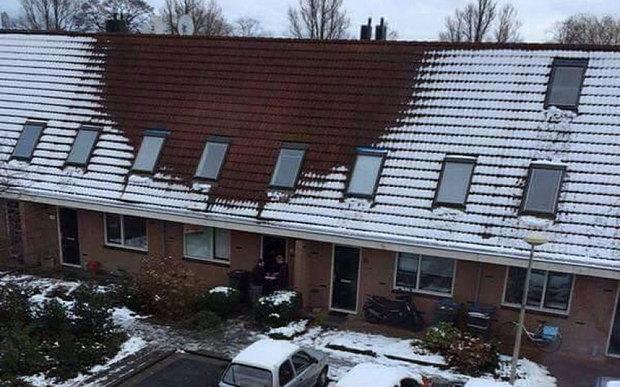I read over many of the previous postings regarding high EDF bills but most were previous to 2020 and I wanted to get some fresh perspectives.
We bought our house about 5 years ago and did some Airbnb rentals during the first couple of summers. But the home is almost always vacant nowadays, yet we’ve been getting high EDF bills. I emailed them and they responded that electricity is definitely being used by something. They showed me how to view the monthly usage statistics, which I did.
The only electrical device we had on was a dehumidifier that a local neighbor set up for us last summer. Maybe the fridge could have been plugged in as well (not sure). We’ve now had the neighbor turn off the dehumidifier and I believe he also turned off the electricity. This was 3-4 weeks ago so moving forward, there should be zero usage and no charges, right? Or maybe there is a base charge just for having the service? It’s been so long since we set up the account that I don’t recall.
Looking over past years, I see the charges used to be around 30Euros/month, then it went up to 40- to 50-ish Euros. I was shocked when our Sept. 29, 2020 bill was 106 Euros! Could a dehumidifier account for that much usage??
Since someone had mentioned breaking down the bill into Abonnement and Consommation, here it is:
Total Abonnement: 23,19 Euros
Total Consommation: Conso (kWh) = 489 (I see that 218 of those hours were during heures creuses, and 271 were during heures pleines; the total cost for consumption was 49,19 Euros.
Then taxes et contributions were added: 19,82 Euros, for a total of 92,20 Euros. Plus two rates of TVA, leading to the grand total of 106,70.
I’m just wondering if there could possibly be something strange going on like a nearby home drawing on our electricity through some underhanded set-up? I’m not a conspiracy theory type of person at all, but how does an empty home use so much electricity?
I guess I’ve muddied the waters by starting to leave that dehumidifier going over the summer and into fall (for good reason and I don’t regret doing so). But prior to that, let’s just assume the electricity had not been shut off and perhaps the fridge was plugged in. Would that really run me 40-50 Euros in EDF bills?
I’m inexperienced with French utility bills and have just paid them over the years. But I don’t like to think that I’ve been taken advantage of.
The statement says we have Tarif Bleu - Heures Creuses.
Do EDF bills come every two months?
Any thoughts on this are appreciated and I apologize for the post turning out longer than intended. I wanted to include pertinent information to help garner helpful feedback.
Thanks!



